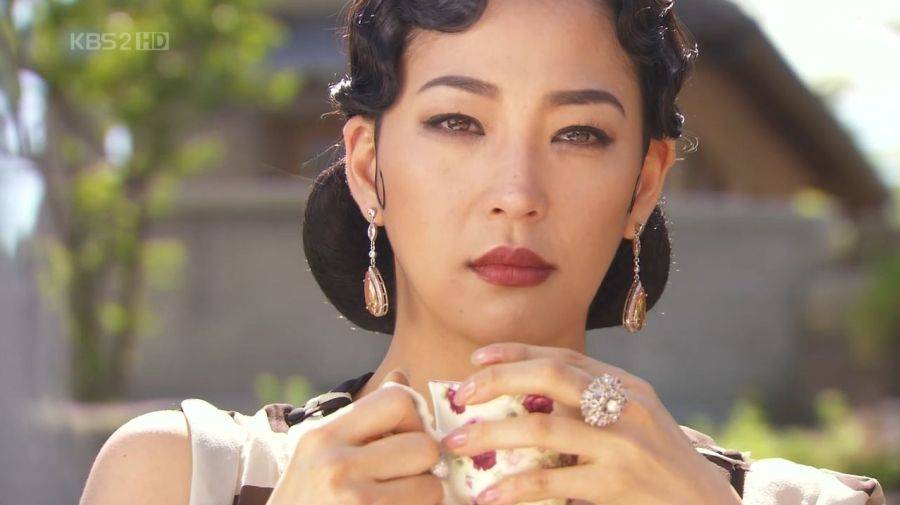A bride is a significant occasion in Central Asia that honors the region’s wandering recent and is typically accompanied by sizable festivities. Despite the fact that some customs were outlawed during the 60 to 70 decades of Soviet/russian concept, others are still practiced today.

For instance, brides in Kyrgyzstan frequently live with their fresh in-laws for weeks or even months prior to the wedding ceremony. She will receive advice on how to be a fine spouse during this time from her female family members. In the past, they will also sing tracks to strengthen their relationship. This time period is referred to as Kazakh” Salom Beru” or” Kelin Salam” During this time, the wedding dons a classic gown and shroud. She does formally welcome visitors by bowing. She will also receive a light headscarf, which represents cleanliness.
The bride’s female cousins will also receive donations from the bridegroom. In some areas of the nation, he will likewise give her relatives group a bride. 90 % of all wedding ceremonies in Turkmenistan involve paying this “bride’s price,” which can include horses, cattle, money, embroidery, and gowns. This practice was outlawed during the Communist era but is now resurging. Both families will have friends and neighbors join them at the actual ceremony unique function. The invitee kazakhstan women dating roster, which is frequently lengthy, reflects the social standing of the locals.
Both communities does get ready for a huge feast before the bridal service itself. After that, the man may engage in a tradition known as “uncovering the encounter.” This entails shooting an bow three days into a gap in the home’s canopy. The dart narrowly misses the woman’s head on the first two attempts. The next dart strikes her in the neck. She will then be able to see after unbuttoning the handkerchief that had been covering her face. This serves as a reminder of her understanding of the union.
The wedding is driven to her innovative residence by her male in-laws on the wedding day itself. Behind a curtain (koshogo ), which is typically hung in the middle of the room, she will be greeted. After that, she will hide from her fresh husband’s male cousins in this area for a few days. She likely receive more light hats during this time from the household. She will also get her locks combed and the female family members will bless her.
She did remain led to her novel apartment after the ceremony. A bed dome and embroidered mattresses have conventionally been used to decorate the room. The couple will then receive invitations to events that their fresh in-laws are hosting. The couple may be served a variety of food at these gatherings, including chicken soup and traditional rice dishes. They will also get instructed to crack flatbreads in front of their visitors.
Some areas of central Asia likewise engage in a type of non-consensual wedding abduction known as “marriage by abduction.” When the child decides to get married, he possibly asks his families to pick his wife, or his mommy tells him that she has been chosen for her brother. This training is most popular amongst the Kazakhs, Uzbeks and Karakalpaks, an intelligent region in southern Uzbekistan.

Recent Comments